The Best Bone Conduction Headphones of 2024

While bone conduction sounds futuristic and intimidating, it’s actually a realistic and comfortable alternative to earbuds or over-ear headphones. Since 2021, we have tested nearly two dozen of the best bone conduction headphones, choosing the best the market has to offer and comparing them side-by-side to assemble a list of the 13 most worthy pairs available today.
Our testing isn’t skin-deep either, as we weighed important differences in audio quality, connectivity, battery life, weight, and durability. Our experts have run, swam, and even lifted weights in these headsets, and whether you need the all-around performance of the Shokz OpenRun Pro or something a bit more budget-friendly like the YouthWhisper Lite, we’ve got the spread covered.
For some solid advice on how to choose the right model, check out our Buyer’s Guide and Comparison Chart. We’ve also compiled a Price & Value section that’ll help you get straight to the point when it comes to bone conduction headphones.
Editor’s Note: We updated our Bone Conduction Headphones guide on September 9, 2024, to add the Shokz OpenRun Pro, the latest iteration from the brand and likely the best effort yet. We also added a Price & Value section to illuminate the differences between spending a bit or really investing in your workout audio.
The Best Bone Conduction Headphones of 2024
- Best Overall Bone Conduction Headphones: Shokz OpenRun Pro
- Best Budget Headphones: YouthWhisper Lite
- Best Running Headphones: Shokz OpenRun
- Best Battery Life Headphones: Suunto Wing
- Best Waterproof Headphones for Swimming: H2O Audio TRI Pro Multi-Sport Headphones
- Best Rugged Headphones: Pyle Bone Conduction Headphones
Shokz OpenRun Pro
Specs
-
Battery
10 hours -
Weight
29 g -
Water Resistance
IP55 -
Microphone
Dual mics (noise-canceling) -
Connectivity Type
Bluetooth 5.1
Pros
Class-leading battery life
Quick charging adds 1.5 hours of play time in 5 minutes
Top notch bone conduction sound quality
Intuitive button setup
Perfect for all forms of exercise
Cons
Expensive
Not fully waterproof
YouthWhisper Lite Bone Conduction Headphones
Specs
-
Battery
6 hours -
Weight
25 g -
Water Resistance
IP65 -
Microphone
Yes -
Connectivity Type
Bluetooth 5.0
Pros
Outstanding price-to-performance
Easy to navigate buttons and menu sets
Quite lightweight at 25 grams compared to others we've tested
Multipoint Bluetooth pairing
USB-C charging
Cons
Band is a bit stiff around the ears
IP54 rating isn't waterproof, only splash resistant
Shokz OpenRun
Specs
-
Battery
8 hours -
Weight
26 g -
Water Resistance
IP67 -
Microphone
Yes (dual noise-canceling) -
Connectivity Type
Bluetooth 5.1
Pros
Lightweight at 26 grams avoids ear fatigue
8-hours of run time is well-enough for weekly runs
Rated IP67, which is good enough to dunk these headphones
PremiumPitch tech provides some solid audio quality
Cons
One the more expensive side of the spectrum
Proprietary charger is one more thing to lose
Suunto Wing Open-Ear Headphones
Specs
-
Battery
10 hours; 30 hours with charging bank -
Weight
33 g -
Water-Resistance
IP67 -
Microphone
Dual microphones and clear voice call noise reduction -
Connectivity Type
Bluetooth
Pros
Phenomenal comfort
High quality
Exceptionally long battery life
Easy-to-use app
Red LED flashing lights for visibility in low light
Portable charging dock
Cons
Doesn’t fit everyone the same
Not great in loud settings
Pricier at $200
H2O Audio TRI Pro Multi-Sport Headphones
Specs
-
Battery
4-6 hours -
Weight
32 g -
Water Resistance
IPX8 -
Microphone
Yes -
Connectivity Type
Bluetooth
Pros
Fully waterproof at IPX8 means swimming is no problem
Bluetooth-enabled plus internal storage of streaming services with the new Playlist+ tech
Multi-sport capable makes them ideal for triathlons or endurance races
Cons
Three small buttons make for a more difficult to control device
Battery life is on the shorter side for comparable models
Pyle Bone Conduction Headphones
Specs
-
Battery
2-3 hours -
Weight
39 g -
Water Resistance
IPX6 -
Microphone
Yes -
Connectivity Type
Bluetooth 4.1
Pros
Durable build won't be crunched easily
Large buttons are easy to find and press
Great option for shorter gym workouts
Cons
2-3 hour run time is shorter than most
Lower quality sound than comparable headphones
Heavier-build can fatigue ears
Mojawa Run Plus
Specs
-
Battery
8 hours -
Weight
32 g -
Water Resistance
IP68 -
Microphone
Yes (noise-canceling) -
Connectivity Type
Bluetooth 5.2
Pros
Touch-sensitive controls can be a breeze to use
IP68 waterproofing allows for swimming
Onboard music storage means device-less use is possible
8 hour battery life is now standard
Cons
Potentially too tight for some
Audio quality can't quite match options from Shokz
Kaibo Flex
Specs
-
Battery
Up to 8 hours; 20 hours with charging dock -
Weight
32 g -
Water Resistance
IP55 -
Microphone
Yes, dual noise-canceling microphones -
Connectivity Type
Bluetooth 5.2
Pros
Wireless charging dock adds 20 hours of extended battery life
Touch-enabled controls keep down button-bloat
Nice microphone quality during phone calls
Cons
Requires dock to charge, with no quick USB to plug in on-the-go
Average sound quality
Philips Go A7607 Headphones
Specs
-
Battery
9 hours -
Weight
35 g -
Water Resistance
IP67 -
Microphone
Yes (two) -
Connectivity Type
Bluetooth 5.2
Pros
LED band for added visibility while running
9 hour battery life
Philips app offers audio tuning capabilities
Decent value
Cons
Loose fit
Smaller push buttons
Mojawa Run Air
Specs
-
Battery
8 hours -
Weight
26 g -
Water Resistance
Waterproof at IP67 -
Microphone
Yes -
Connectivity Type
Bluetooth 5.2
Pros
Titanium and silicone band is very lightweight and pliable
Touchpad controls limit on-board buttons
Quick charges to 1.5 hours of run time in just 10 minutes
Fully waterproof at IP67
Cons
Proprietary charging cable
Touchpad controls were controversial — either you love or hate them
Battery life won't quite hit advertised number
Shokz OpenMove
Specs
-
Battery
6 hours running -
Weight
36 g -
Water Resistance
IP55 -
Microphone
Yes -
Connectivity Type
Bluetooth 5.1
Pros
More reasonable price tag as compared to the Shokz OpenRun
Sweatproof at IP55
High-quality titanium band
Familiar USB-C charging
Cons
Slightly heavier weight means ear fatigue will come on faster
Multiple sizes means it takes some trial and error to find right size
Tayogo Bone Conduction Headphones
Specs
-
Battery
5-6 hours running -
Weight
29 g. -
Water resistance rating
IPX5 -
Microphone
Yes -
Connectivity type
Bluetooth 5.0
Pros
Affordable at sub-$50
Designed to be compatible with glasses
Cons
Tickles the ear at high volume, missing bass as well
Not waterproof, only water and dust resistant at IPX5
Shokz OpenSwim
Specs
-
Battery
8 hours running -
Weight
30 g. -
Water resistance rating
IP68 -
Microphone
No -
Connectivity type
None
Pros
Highest rated water and dust proofing in our review
8 hours of battery life is near the top performer
Highly durable full titanium build
Cons
Only 4GB internal storage, no Bluetooth or streaming capabilities
No internal music folders to choose from, only shuffle
Bone Conduction Headphones Comparison Chart
| Bone Conduction Headphones | Price | Battery | Weight | Water Resistance | Connectivity |
|---|---|---|---|---|---|
| Shokz OpenRun Pro | $180 | 10 hours running | 29 g | IP55 | Bluetooth 5.1 |
| YouthWhisper Lite | $40 | 6 hours running | 25 g | IP54 | Bluetooth 5.0 |
| Shokz OpenRun | $130 | 8 hours running | 26 g | IP67 | Bluetooth 5.1 |
| Suunto Wing | $200 | 10 hours running | 32 g | IP67 | Bluetooth |
| H2O Audio TRI Pro Multi-Sport | $160 | 4-6 hours running | 32 g | IPX8 | Bluetooth |
| Pyle Bone Conduction Headphones | $70 | 2-3 hours running | 39 g | IPX6 | Bluetooth 4.1 |
| Mojawa Run Plus | $130 | 8 hours running | 32 g | IP68 | Bluetooth 5.2 |
| Kaibo Flex | $120 | 8 hours running | 32 g | IP55 | Bluetooth 5.2 |
| Philips Go A7607 Headphones | $95 | 9 hours running | 35 g | IP67 | Bluetooth 5.2 |
| Mojawa Run Air | $140 | 8 hours running | 26 g | IP67 | Bluetooth 5.2 |
| Shokz OpenMove | $80 | 6 hours running | 36 g | IP55 | Bluetooth 5.1 |
| Tayogo Bone Conduction Headphones | $30 | 5-6 hours running | 29 g | IPX5 | Bluetooth 5.0 |
| Shokz OpenSwim | $150 | 8 hours running | 30 g | IP68 | N/A |

How We Tested the Best Bone Conduction Headphones
Bone conduction headphones may not be the most prominent choice in the audio space for those hitting the trail or the gym, but at GearJunkie, we’ve been tracking the progress of this relatively new segment of headphones for years. We’ve got professional trainers, athletes, and honest-to-goodness weekend warriors in the ranks, all with the same needs: spatially aware audio for our workouts.
Our testing has been going on pretty much since bone conduction headphones hit the market in earnest, and since we’ve been assembling this guide, we’ve seen and tested nearly 25 different sets — each a bit more dialed than the last. Because consumer electronics improve so quickly, rest assured that as new models hit the market, we’re testing them against the best we’ve seen to see if they make the grade.
Field Testing
First and foremost, we test bone conduction headphones as they are meant to be used — during demanding activities. This can include indoor and outdoor workouts, and we aimed for a balance of both for a solid understanding of these headphones. As a rule, every set of headphones we test is used during three different types of activities — the most popular for this guide being gym workouts, runs, and cycle commuting/mountain biking.
We aim to run each set of headphones through multiple battery cycles, noting when we tend to run out of juice during a workout-heavy week. Specialized headphones are tested in the manner they’re made to excel at — waterproof models are tested while swimming, for example — but also in the uses they’re not dialed into. We’re not gentle on these headphones, and premature breakage does occur.
All around, we rack up the miles, reps, and laps in these headphones to get a solid understanding, and we’ve tested from the high alpine of the West to the rolling hills of the Appalachians. And once we’ve got a good feel for a set, we rotate headphones, to ensure we’ve got a well-rounded opinion from users of all stripes.

Bench Testing
Our testing continues to the bench, where we pick apart these devices on metrics such as battery life, charging, and overall audio quality. To start, we look at the ease of use and setup. Then comes the quality of the materials and fit, both from a feel and a performance standpoint, even before we start an activity. We have a range of songs recommended by Spotify for testing sound on headphones that we put every headphone through to ensure the audio discussion comes from the same starting point.
Running them through a series of different audio files gauges their clarity, bass response, and general audio quality. While bone conduction headphones aren’t known for their audiophile-pleasing sound, leaps and bounds have been made to better close the gap and improve overall tone.
In terms of additional features, we paid attention to integrated microphones, ease of button use, and the water resistance of each headphone. These features often can make a difference when comparing models against one another, and while many options are similar, some headphones are more premium than others.
Why You Should Trust Us
Our guide uses the expertise of a range of GearJunkie staffers and contributors, featuring running coach Cory Smith — who has nearly 25 years of elite running and training with USA Track & Field Level 1 and 2 Endurance Certification — and Tim Newcomb, a prominent national journalist who has covered sports gear for over two decades for the likes of Sports Illustrated, TIME, Wired, Popular Mechanics and Forbes. Both approach testing with a similar need: audio that doesn’t overpower their activities.
Joining the testing team recently is Ian Atkinson, a wilderness guide and thru-hiker who has extensive time in the outdoor industry doing everything from warehouse work to product design and testing. He’s an ultramarathoner who most recently has been focusing on racing in the Leadville 100, and tested our most recent slate of headphones with an eye toward extended battery life, tough durability, and solid thunderstorm-alerting skills.

Buyer’s Guide: How to Choose Bone Conduction Headphones
Bone conduction headphones are less common than standard headphones, so most people don’t know much about them. However, the benefits of bone conduction are invaluable for all kinds of active use because they allow you to still hear your surroundings.
This article is focused solely on bone conduction headphones. If you’re looking for other styles, check out our guides on the Best Workout Headphones and Earbuds and Best Running Headphones.
Runners, skiers, mountain bikers, swimmers, and many others appreciate that bone conduction headphones offer the ability to listen to music or podcasts without drowning out the surrounding world. For this reason, bone conduction headphones offer superior safety and general awareness.
Once you’ve decided to purchase a pair of bone conduction headphones, the next step is deciding which ones to buy. Fortunately, the market is relatively small, and selecting the right pair doesn’t have to feel like sorting through an overly crowded field. Shokz, formally known as AfterShokz, is largely considered the market leader.
Still, not all of the best bone conduction headphones are created equal. In this handy how-to-choose guide, we thoroughly explain all of the features to consider when shopping for your next pair of headphones.
Bone Conduction Headphones User Profiles

Bone conduction headphones offer a unique option for a variety of outdoor activities. The most obvious — and the one marketed the strongest — is for the adventurer who wants to keep their ears clear to hear sounds other than what comes from the headphones. This comes especially handy in busy areas where runners want to be sure they hear vehicles and those on the trail want to stay aware of all the sounds surrounding them. But having a clear way to hear what’s going on around you isn’t the only reason to choose bone conduction headphones.
The Runner: If running is your game, then bone conduction headphones are a no-brainer. Staying alert to your surroundings will not only make for a safer run, but also keep you tuned into the landscape you’re passing through. Aim for a pair of headphones with a titanium build which will keep them light and prevent ear fatigue in the long run, as well as enough runtime to go as long as your typical runs go.
It’s hard to argue against the Shokz OpenRun Pro for runners, as Shokz has not only put a great deal of effort into improving overall sound quality, but also in keeping the weight down to sub-30 grams. The Mojawa Run Plus is also a strong choice, as it sports almost near identical specs to the OpenRun, but with slightly better waterproofing.
The Swimmer: Whether it’s endless laps or just paddling for fun, taking your tunes into the pool can add a new dimension to your workout. Obviously, you’ll want to aim for the most waterproof headphones out there for swimming, but also pay mind to how you’ll be porting around your music. Many bone conduction headphones meant for swimming will incorporate onboard storage for device-free play, but some also incorporate Bluetooth to connect to a music-enabled watch, or even record your streaming service music for later play.
The Shokz OpenSwim headphones were made for the water at a rated IP68, and bring along 4GB of storage space for your next session in the pool. And for totally tetherless swimming, the H2O Audio TRI Pro Multi-Sports headphones incorporate Playlist+ tech to download music from your favorite streaming service, avoiding the computer altogether.

The Triathlon Athlete: When a full Olympic tri can last as long as 3 hours, having a set of headphones that can go the distance means something. You’ll also want to reach for a pair that boasts a fully waterproof design for the swim leg, and are generally burly enough to put up with going through a full endurance event.
Our top pick for swimming was the H2O Audio TRI Pro Multi-Sports, but in truth, there’s little that these headphones don’t excel at, and with TRI in the name you know they’re up for the long haul. Also consider the Pyle Bone Conduction Headphones, which won’t run for quite as long, but are tough enough to be dropped without worry.
The Commuter: Even just bumping around town can be enhanced with a pair of bone conduction headphones, as riding a bike in traffic requires all the attention you’ve got, and a good pair will keep your ears open when you need them to be. Pay special mind to the fit of the headphones as well if you’re aiming to use them with a helmet, as some utilize a more ductile titanium and silicone build that accommodates straps better than others.
For comfort, we keep coming back to the Mojawa Run Air, which has a supple feeling band that moves with you. And if squeezing as much audio quality out of your bone conduction headphones is your bag, then the Kaibo Flex provides a surprisingly good sound for your next commute.
Bone Conduction Technology

While most sound is transmitted to the eardrum through the air, bone conduction technology transmits these vibrations through the bones of the jaw and into the cochlea. In this way, sound vibrations can bypass the ear canal and leave it open to ambient sound.
Using vibrations to conduct sound isn’t a new technology by any means. By the time he was by and large totally deaf, Ludwig van Beethoven would use his conductor’s wand to feel the notes from his piano by biting down on it. This is also the same technology that allows for Bone Anchored Hearing Aids (BAHA) to operate.
Today, bone conduction headphones use small transducers that are held just in front of the ear to transmit their sound, and are supported by a band that rests atop the ears and around the head.
Sound Quality

Generally, bone conduction headphones do not provide the same quality of sound that traditional headphones do. Audiophiles, DJs, and audio engineers who are seeking top-level fidelity should choose traditional headphones instead of bone conduction models.
Because bone conduction headphones do not transmit directly into your ear canal, they are not able to deliver the highest level of booming bass or clean sound.
With that said, the headphones we’ve selected on this list are made specifically with active use in mind. For that application, bone conduction headphones offer unparalleled benefits. The headphones with the best audio quality we’ve tested were the Shokz OpenRun Pro. The Suunto Wing offers a next-in-line answer to Shokz in terms of audio quality.
Also, most users report that a high-quality pair of bone conduction headphones can still generate relatively impactful bass and clear audio. Ultimately, bone conduction headphones aren’t made to fit our sound exactly like traditional headphones.
Many new users of bone conduction headphones tend to turn up the volume to extreme levels in order to try and recreate the sound-canceling experience of traditional headphones. Remember that because bone conduction headphones do not cover your ear canal, they will never fully cancel out sounding noises.
Be careful when turning up bone conduction headphones to a high volume, as this can result in injury or hearing loss.
Wireless, Bluetooth, and Charging

For active users, wireless headphones are a common preference. When running, skiing, or biking, a cord may get in the way and become a nuisance. All of the bone conduction headphones on this list are wireless and feature a Bluetooth interface (except the fully waterproof Shokz OpenSwim, which does not have Bluetooth connectivity because it uses internal storage).
The type of Bluetooth connectivity is indicated by a version number. The higher the number the more current the technology is. For example, version 5.3 was released in 2021, whereas 4.0 was released in 2010. Before purchasing a pair of bone conduction headphones check the device you plan to connect them with to ensure they are supported.
The downside of wireless headphones is that they need to be regularly charged. Most of the headphones on this list charge via a Type C USB cable, or a proprietary magnetic induction cable. Generally, the battery life of a fully charged pair of bone conduction headphones ranges from 4 to 10 hours.
Waterproof & Dustproof Ratings

The International Electronics Commission developed a universal rating system for all electronics to grade the effectiveness of resisting the intrusion of dust or liquid. Known as the ingress protection (IP) rating, each electronic is rated for protection against dust and liquids.
The IP code is comprised of two numerals. The first number indicates protection against solid objects and is rated on a scale from 0 (no protection) to 6 (no ingress of dust).
In contrast, the second number is protection against liquids and uses a scale from 0 (no protection) to 9 (high-pressure hot water from different angles). An “X” indicates no protection. Anything over 7 is considered protected against temporary immersion, and anything over 8 is fully waterproof protected.
As the bone conduction headphone marketplace grows, we’re seeing new entries into the waterproof game, such as the recent additions of the H2O Audio TRI Pro and Mojawa Run Air.
Design

Most bone conduction headphones have a few key design characters in common. All of the headphones on our list of recommendations are built with a curved frame that is designed to fit comfortably around the back of the neck.
Some, such as the Shokz OpenRun will come in a standard and mini size to accommodate different size heads. Because bone conduction headphones do not sit in the ear canal, they rely on the neckband for positioning and support.
Other important design traits to consider include the layout and location of buttons and weight. Control buttons will be located on the earbuds or the band that wraps around your head.
We’ll add that it’s important to read the instructions on how to use the controls, as there were features like skipping songs that we would not have known how to do without reading the instructions.
Comfort

Depending on your preferences, you may find that bone conduction headphones are more comfortable than traditional headphones.
The lack of an ear pod or bud inside of your ear canal reduces the potential of in-ear soreness and aches. This boost in comfort is especially noticeable and appreciated during active use.
Durability
Bone conduction headphones that are geared toward active use should be reasonably durable. On this list, we have included various models that can handle the standard abuse of running, skiing, and biking in the outdoors.
In terms of impact and drop-related durability, the Pyle Bone Conduction headphones are our top recommendation.
The general durability of bone conduction headphones can be directly tied to the IP rating. If you plan to use your headphones underwater or in wet environments, be sure to buy a fully waterproof pair. The H2O Audio TRI Pro and Shokz OpenSwim are supremely waterproof and great for pool laps or as part of a triathlon training program.

If you’re looking for a set to swim in, you’ll need to shell out a bit more for the H2O Audio TRI Pro or Shokz OpenSwim, which are both fully waterproof at a rated IPX8. These command the highest dollar amount of any sets on the market — expect to pay north of $150 for the privilege.
The rest of the headphones, including the Shokz OpenMove and Pyle Bone Conduction Headphones, land in the $70-80 zone. These are excellent deals for anyone who wants most of the high-end materials and technologies, but is also willing to have a slightly heavier pair or not-quite-perfect audio profile. In our opinion, the Shokz OpenMove is one of the best deals going currently for those who want to try bone conduction technology, but aren’t ready to go all in on a full-fledged model.
What About Open-Ear Headphones?

The main feature of the bone conduction headphone is that they open the ear canal to capture other noises, such as passing motorists or those sharing the trail. A bone conduction headphone isn’t the only device with this in mind. The open-ear headphones concept aims to attract a similar customer.
In this design, made popular by devices such as Sony LinkBuds, Bose Sport Open Buds, and Apple’s AirPods, the earbud doesn’t fully close off the ear canal. Differing design choices offer up a mix of options for the open ear set, whether an earbud without a silicone tip that doesn’t fully seal (think Apple) to a bud that sits just above the ear canal (Bose Sport Open Buds) even to an earbud that opens in the center to allow additional noise to travel into the canal (Sony LinkBuds).
While the open-ear headphones provide a similar concept to the bone conduction design, they don’t apply the bone conduction method of transferring sound to the brain, instead remaining on air conduction. Before you make the choice of which design is best for you, investigate what fit you want, if you want to employ bone conduction or air conduction, and which style meets your activity needs best.
The main benefit of going for an open earbud versus a bone conduction option is for runners eager to open the ear canal, but still gain the sound quality garnered from air conduction. Everyone will also have a different fit choice based on running style or additional activities (some open earbuds still have a clip around the ear to hold it in place), preference for where the headphone sits (near or in the ear versus on cheekbone) and any other technical specifications or brand preferences.

Price & Value
Bone conduction headphones range in price from around $30-200. While the cheaper pairs that we recommend on this list are high quality relative to their price, it is important to realize that there is a reliable relationship between price and overall quality. If you are seeking long-lasting headphones with well-designed features and the ability to hold up to active use and the elements, we recommend investing in the best pair you can afford.
Budget
As with most consumer electronics, there’s a proliferation of cheaper versions out there that claim to accomplish the same things, but sometimes to lacking results. Through trial and error, we’ve keyed in on a few budget brands that actually deliver, and most offer up something similar: a bone conduction headphone with a lesser-quality transducer, earlier Bluetooth technology, and simpler charging solutions to keep the price low.
Our budget pick for this guide was the YouthWhisper Lite, and at $40 we were fairly blown away at how well they performed during workouts. The Tayogo Headphones come in at just a bit lower, but you won’t get as long of a battery life, or multi-point Bluetooth connectivity. Still, both of these options certainly work, and if you’re just curious about bone conduction technology, can make a great entry point.
Mid-Tier
Spending a bit more can often get you if not the latest tech, something pretty close, and for $75 to $130, there are plenty of options to choose from. These headphones will last for about 8 hours as standard and recharge using modern USB-C cables. Active noise-canceling during phone calls is fairly common as well, as well as at least IPX5 sweat proofing, if not full IPX7 or X8 waterproofing for swimming in.
The Shokz OpenRun ($130) is still a killer value, even though it’s not the flagship offering from the brand, and the IP67 rating is even better than the pricier OpenRun Pros. The Mojawa Run Plus ($130) is similarly equipped, and besides a slightly lesser audio quality, you do get a slick touchpad control (if you’re into that). There are also a number of slightly lesser models, like the Philips Go A7607 ($95) or Shokz OpenMove ($80), that perform admirably; they’re just not quite as refined.
Premium
Top-of-the-line bone conduction headphones all come in at around the $130-180 mark, and this is what you should expect to pay for full-functionality sets that don’t compromise on technology. Proprietary magnetic chargers, waterproof ratings of IPX7+, full 10-hour battery lives, and the latest Bluetooth tech are all commonplace. If you’re all in on the bone conduction tech, these are your headphones.
The Shokz OpenRun Pro ($180) is the latest and greatest from the brand, and we’re impressed with what it brings to the table: a high-quality audio experience, long battery life, and a solid app to back it up. The Suunto Wing ($200) is about the most expensive thing going right now, but that’s the tradeoff for industry-leading battery life (when paired with the charging dock).

Frequently Asked Questions
Bone conduction headphones take advantage of the fact that sound is simply vibrations, directing them into the bones in your head.
These headphones use plates that sit against the cheekbones to deliver sound vibrations through the jaw and skull bone directly into the cochlea. They leave the ear canal open, which allows outside sound to still get in.
Unlike traditional headphones, bone conduction headphones allow the user to hear what’s happening in their surroundings. This makes this style of headphones a great choice for outside activities where hearing oncoming vehicles or bikes can save lives. They’re also a great option for underwater swimming or for people with in-ear hearing aids.
Basically, it’s like being in a room with music playing, but you’re able to choose the playlist.
Unfortunately, any type of headphones will lead to hearing loss if they are used at an irresponsible volume. Bone conduction headphones still vibrate the cochlea and can damage it just as much as traditional headphones can.
Bone conduction headphones will not deliver the same quality audio as in-ear headphones. For the sharpest, loudest audio quality, headphones or earbuds are better.
But, bone conduction headphones are great for certain applications. They provide a lot of options to still listen to music without sacrificing your situational awareness. And this is extremely valuable while hiking, biking, or even working from home.
Some bone conduction headphones are fully waterproof. On this list, models such as the Shokz OpenSwim or H2O Audio TRI Pro are designed to work in wet environments — and you can absolutely swim (or snorkel!) while wearing them.
The Best Fitness Watches of 2024
We tested the best fitness watches of 2024 with options for every budget. Our top picks include Garmin, COROS, and more!
The Best Workout Headphones of 2024
We tested the best workout headphones of 2024 with options for every budget and athlete. Top picks include Jaybird, Bose, and more!
The post The Best Bone Conduction Headphones of 2024 appeared first on GearJunkie.

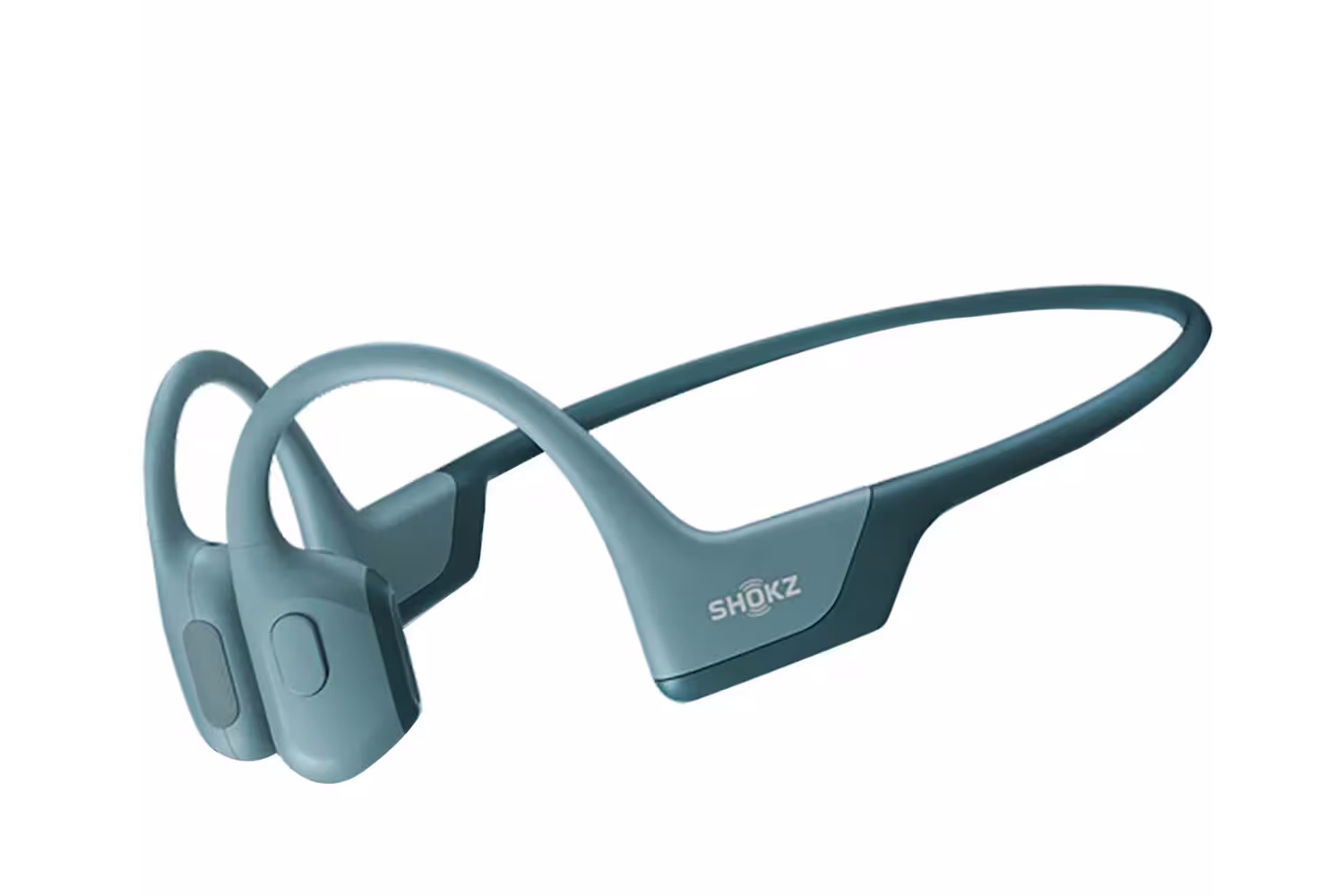
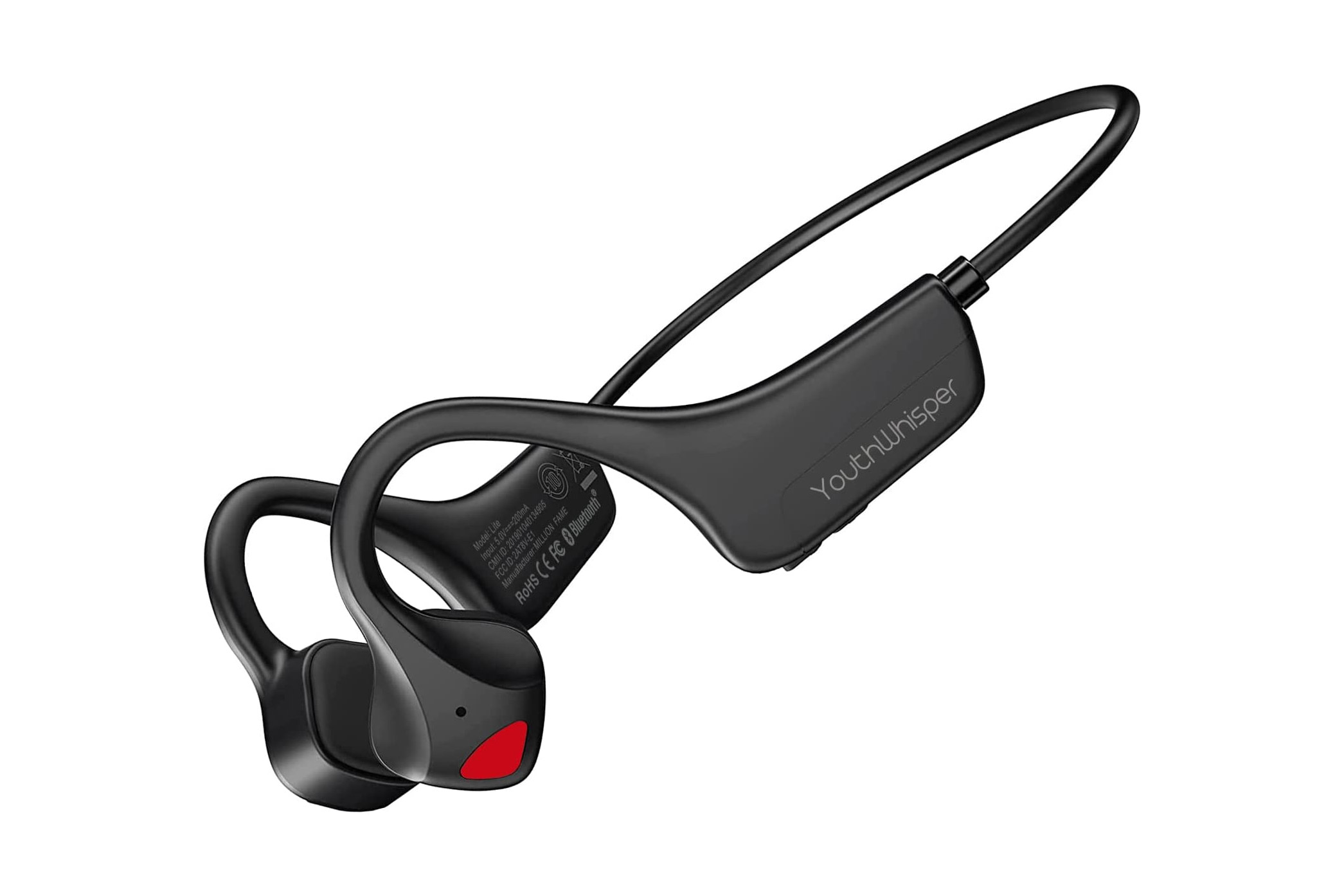
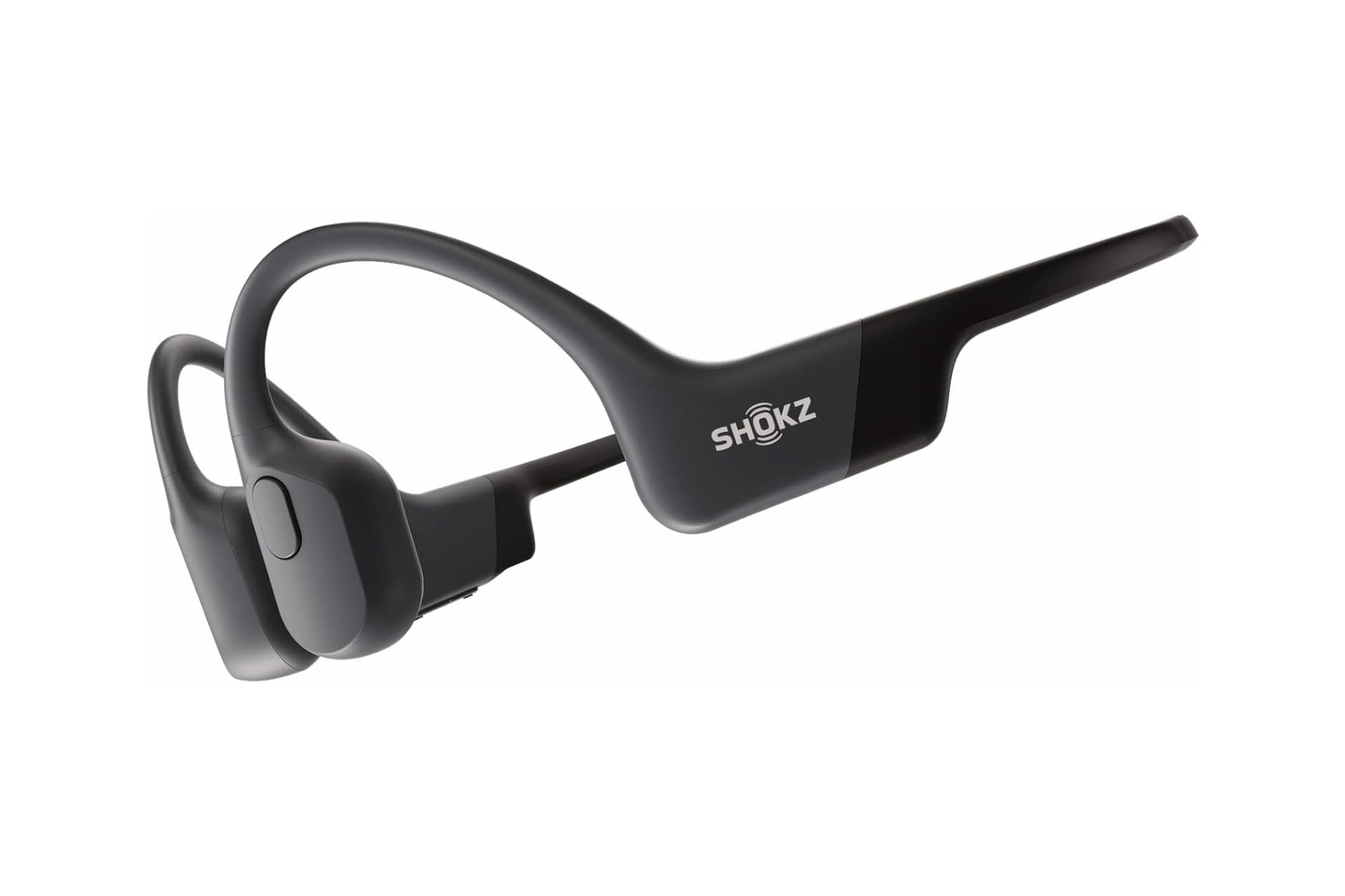
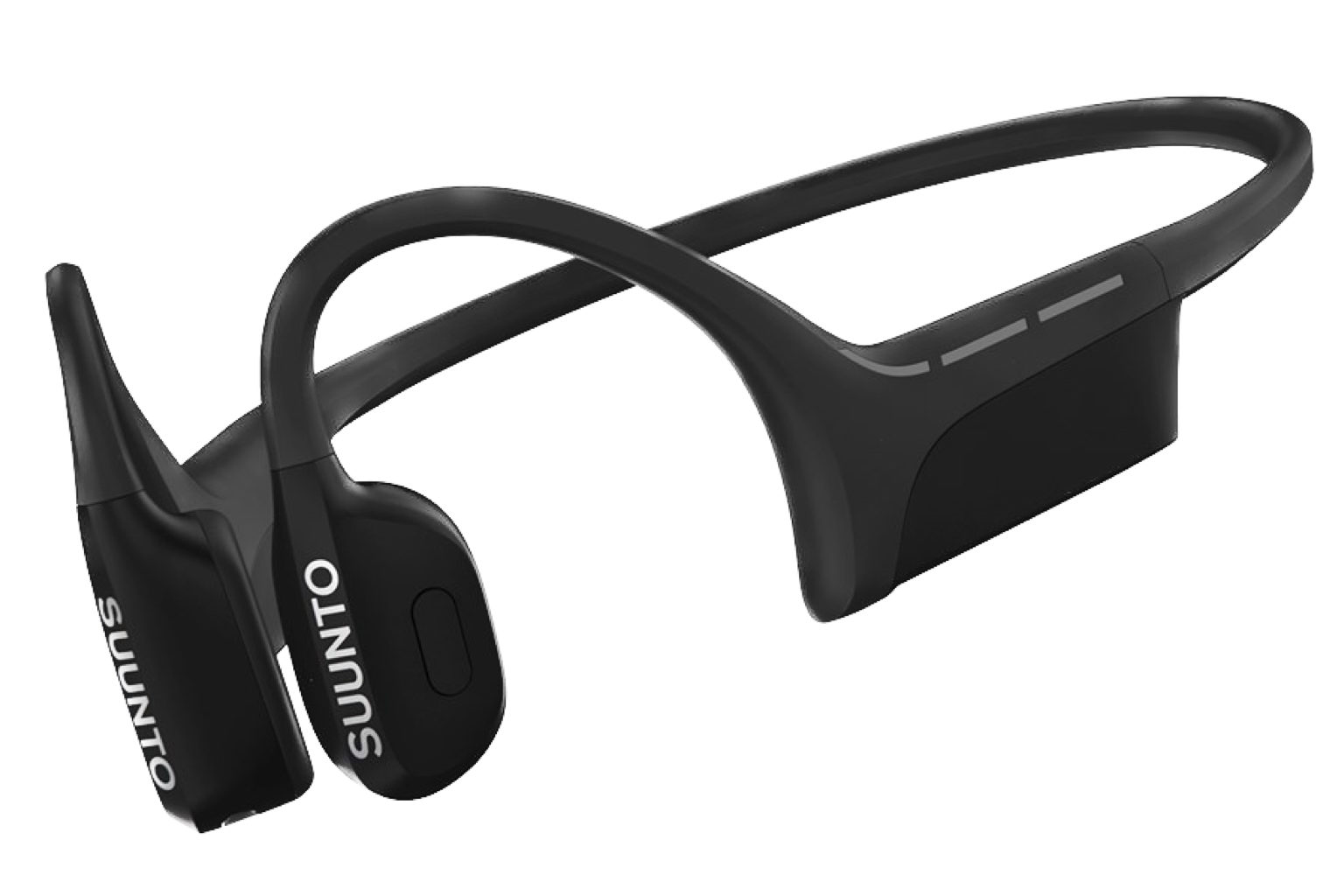
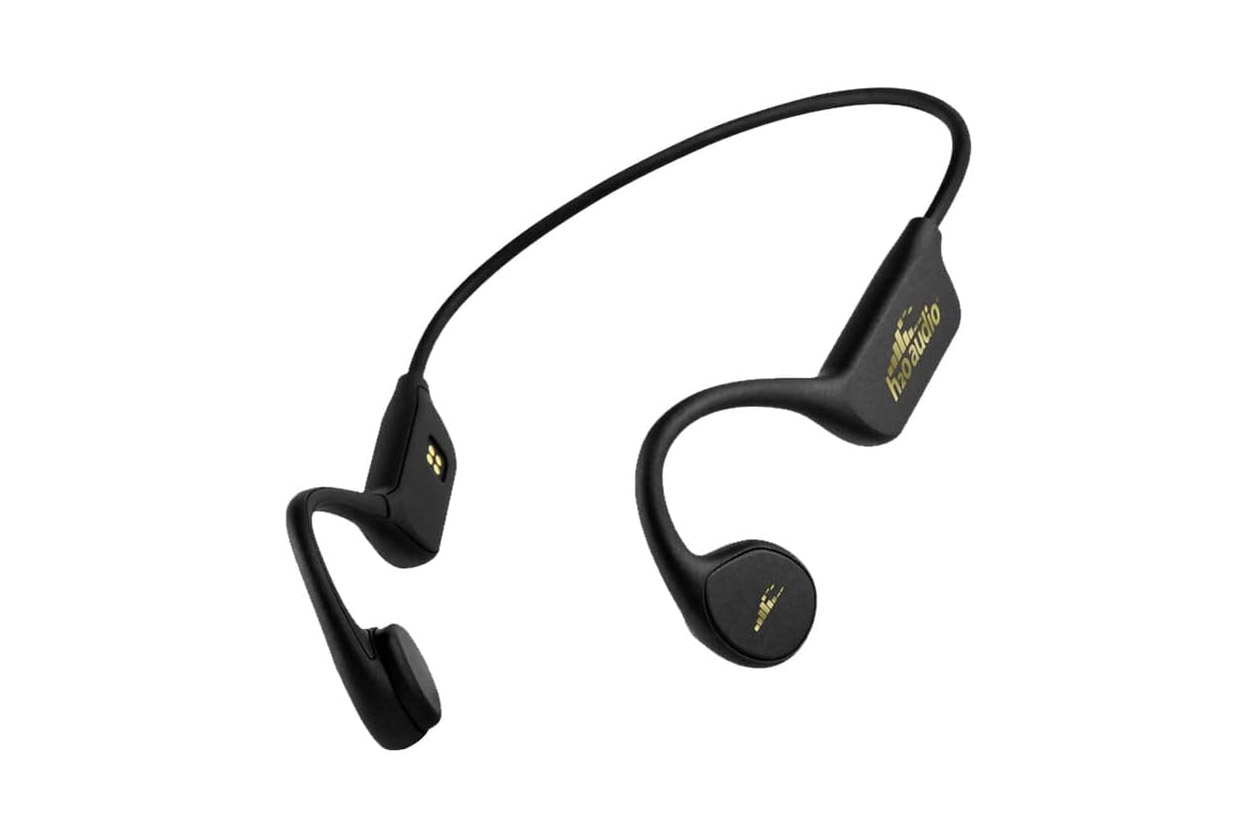
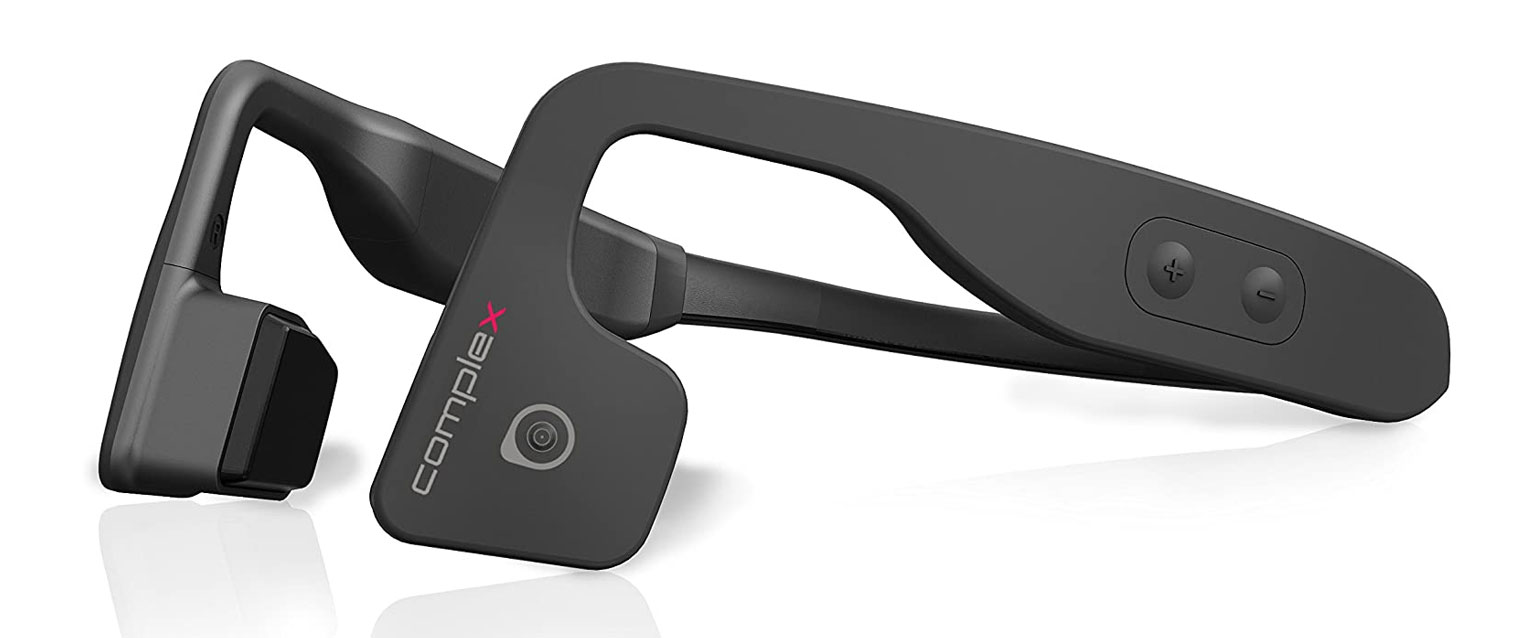
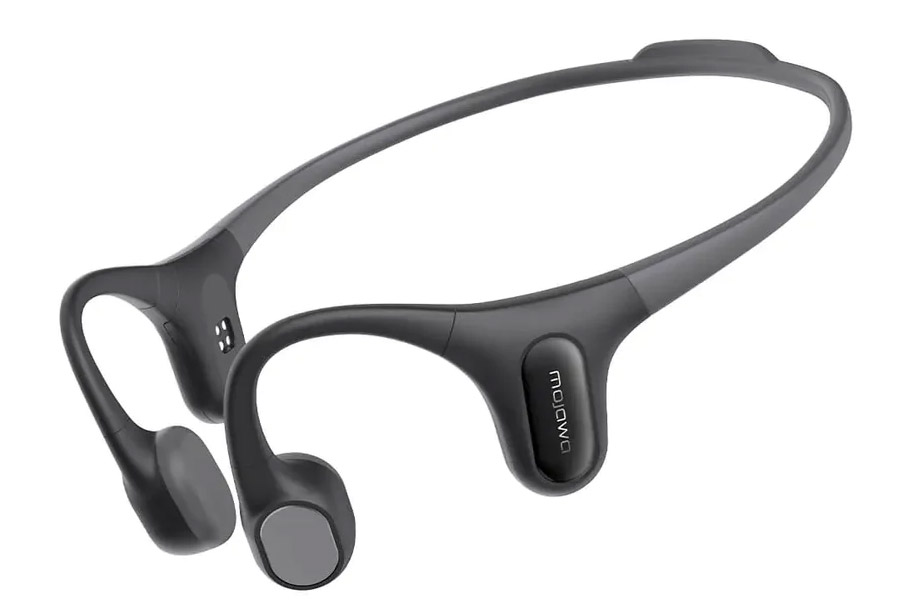
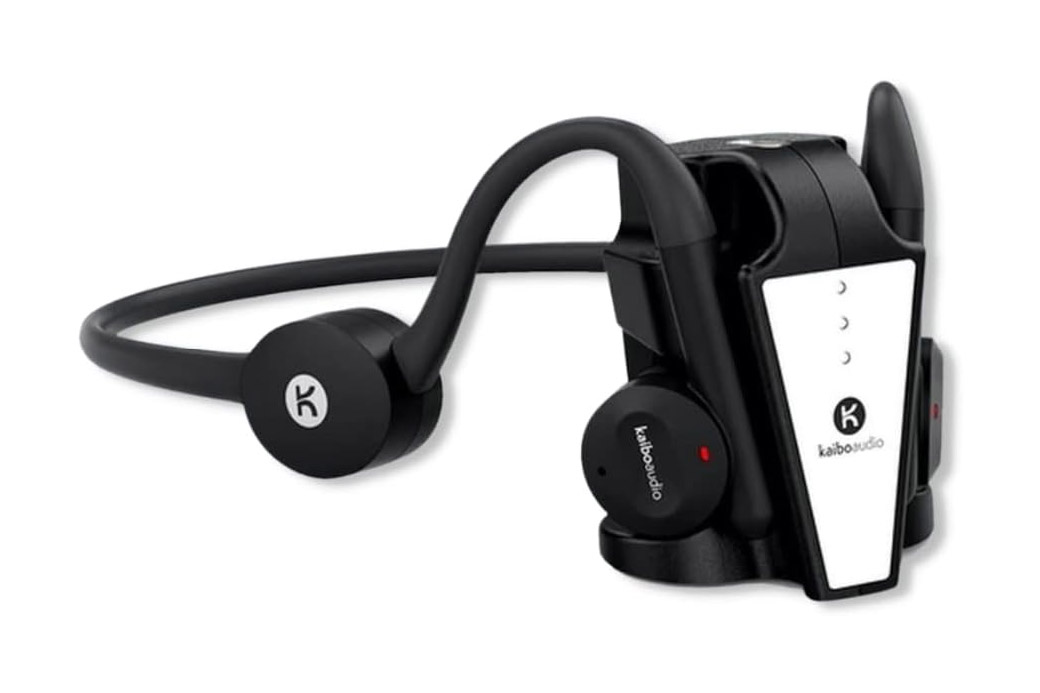
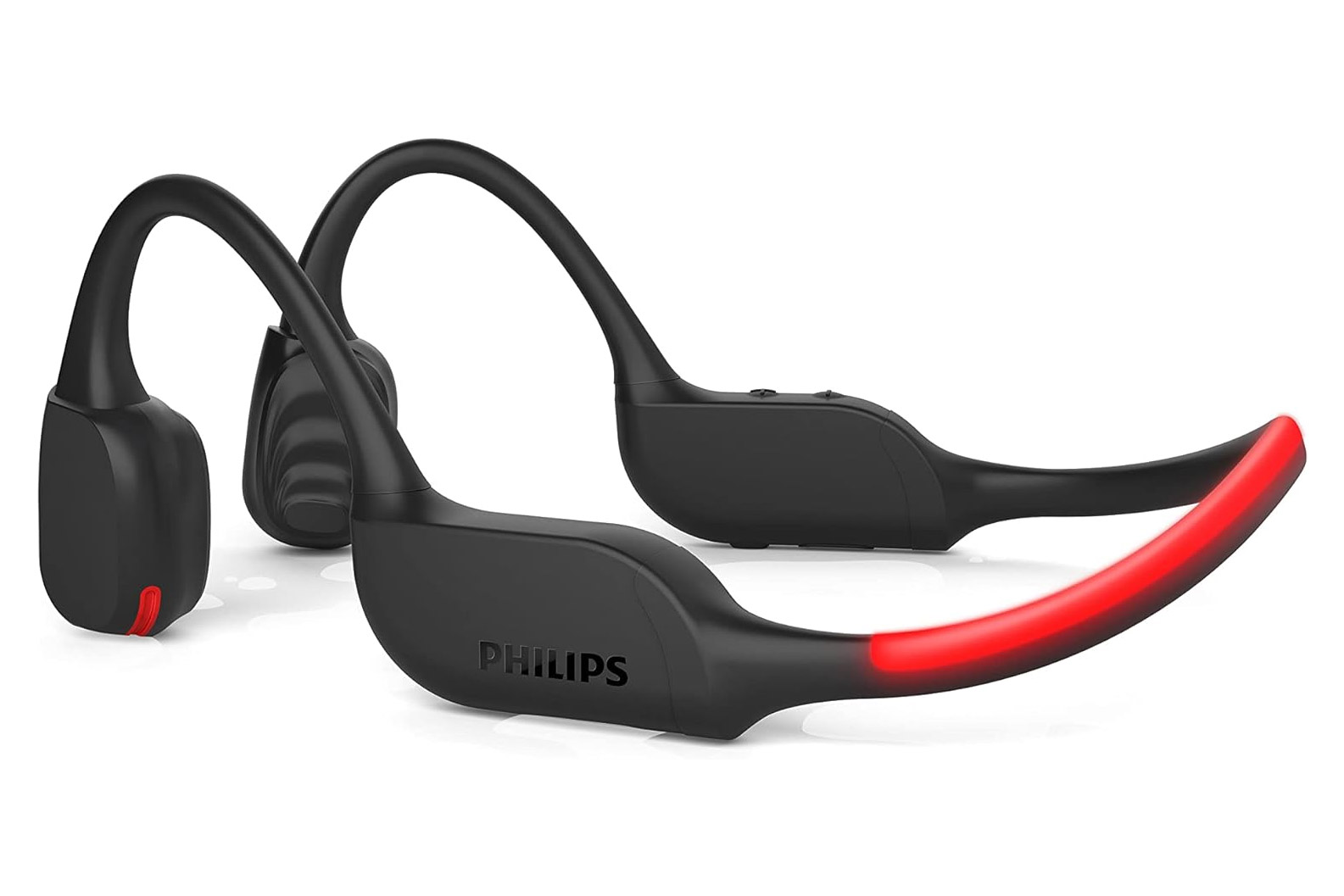
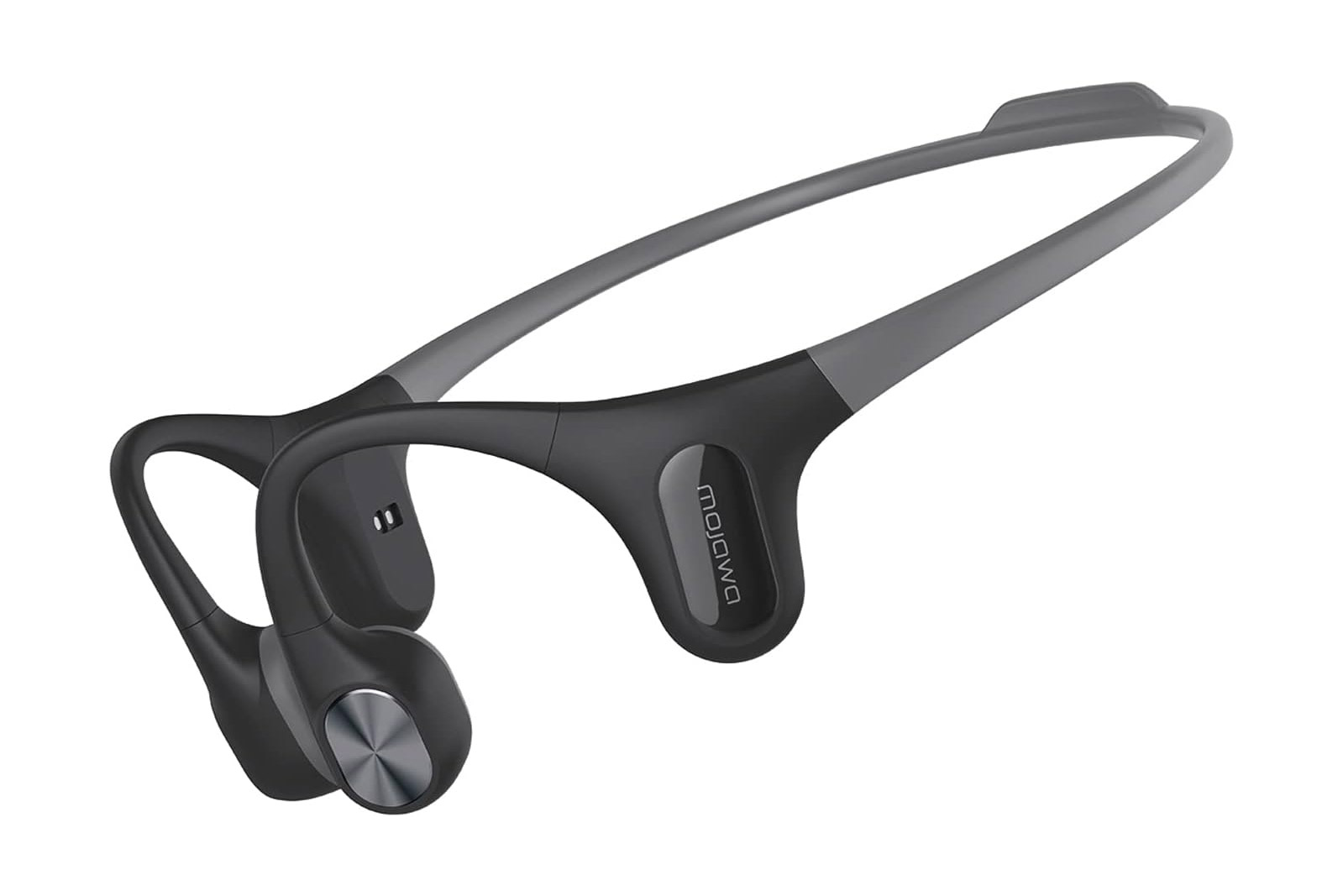
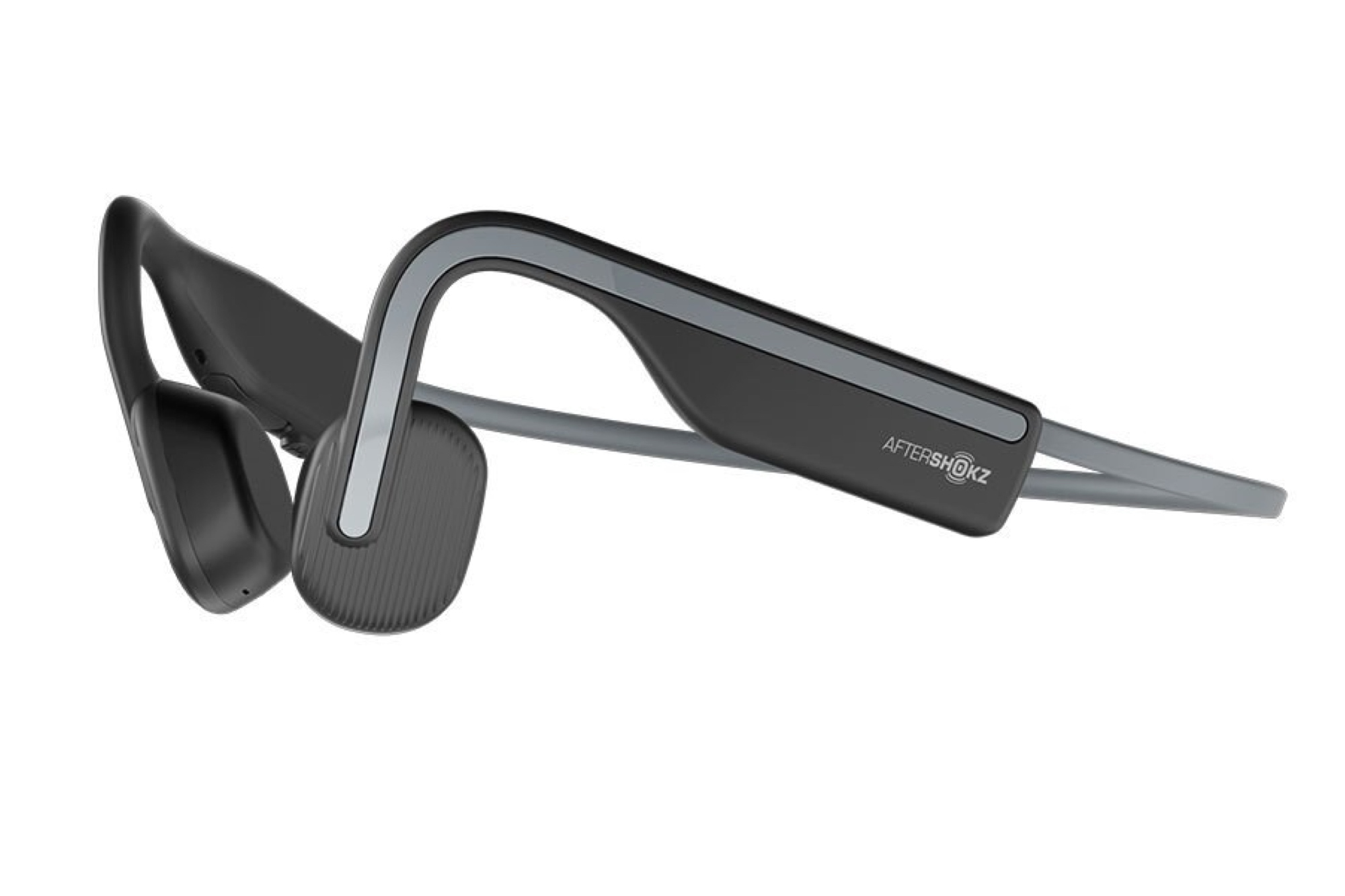
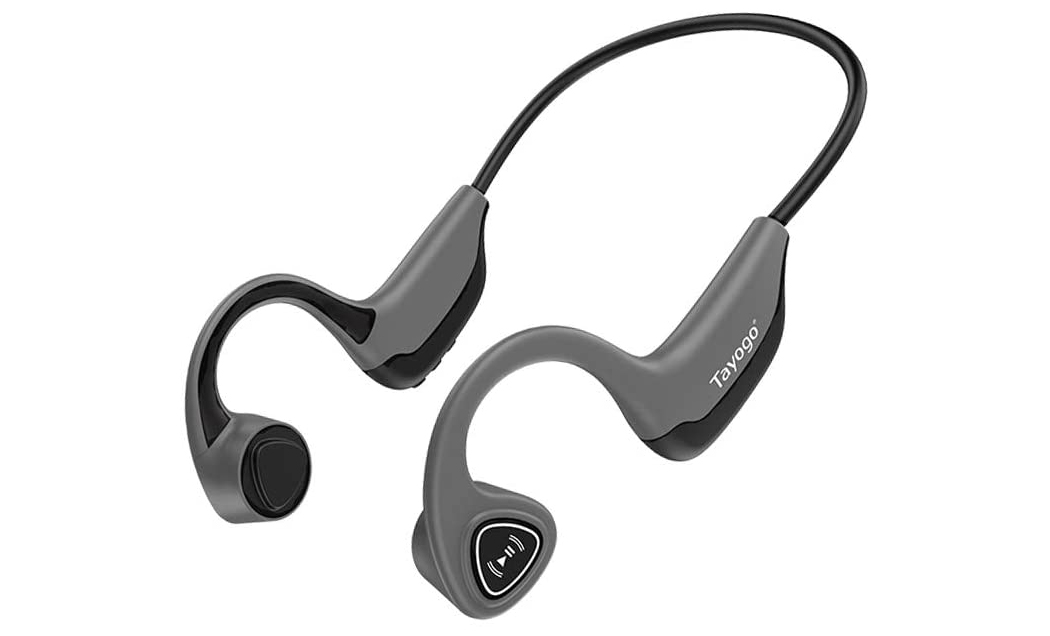
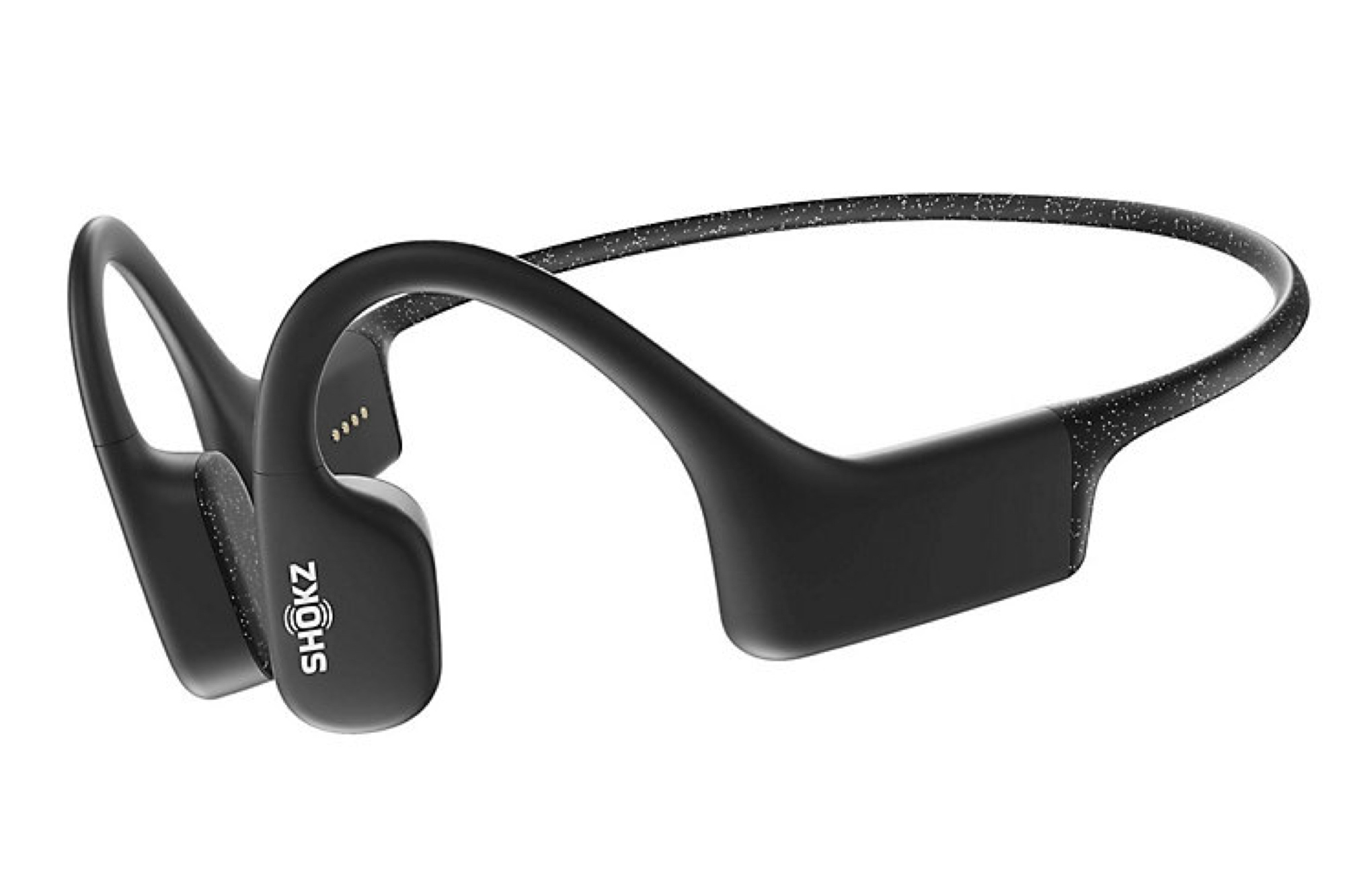


Здравствуйте. Помогу увеличить посещаемость и доходность вашего сайта, а также решить все имеющиеся на сайте проблемы. Причем рост посещаемости будет идти за счет притока целевых посетителей из поисковых систем, что для вас максимально выгодно и перспективно.
Немного информации о себе. Я являюсь специалистом в области создания, доработки и продвижения сайтов. Также имею знания и опыт в ряде смежных областей. Опыт работы составляет больше 19 лет. Работу всегда выполняю качественно. Расценки умеренные.
Основные направления моей деятельности:
1. Внутренняя оптимизация. Все необходимые работы по сайту с целью достижения наилучших позиций в поисковых системах, улучшение конверсионных качеств и юзабилити, решение всех встреченных ошибок, при необходимости внедрение нового или улучшение старого функционала.
2. Продвижение в поисковых системах. Работа с улучшением позиций по значимым для вас поисковым запросам, что способно дать большой приток целевой аудитории на сайт.
3. Создание сайтов различных типов. Могу создать лендинг, интернет-магазин, сайт компании, информационный сайт, блог и т. д.
4. Работа с отзывами в интернете. Создание и продвижение хороших отзывов, а также удаление плохих.
5. Настройка рекламных кампаний в различных сервисах контекстной рекламы.
6. Создание, доработка и продвижение групп и каналов в социальных сетях.
7. Различного рода рассылки, которые обычно дают хороший единоразовый приток продаж.
Также могу помочь вам и в ряде иных вопросов. Пишите на почту: unfm44@gmail.com
——–
Hello. I will help increase the traffic and profitability of your site, as well as solve all the problems that exist on the site. Moreover, the traffic growth will be due to the influx of targeted visitors from search engines, which is the most profitable and promising for you.
A little information about myself. I am a specialist in the field of creating, refining and promoting sites. I also have knowledge and experience in a number of related fields. I have more than 19 years of experience. I always do my job well. The prices are reasonable.
The main areas of my activity:
1. Internal optimization. All necessary work on the site in order to achieve the best positions in search engines, improving conversion qualities and usability, solving all encountered errors, if necessary, introducing new or improving old functionality.
2. Promotion in search engines. Work to improve positions for search queries that are important to you, which can give a large influx of target audience to the site.
3. Creation of sites of various types. I can create a landing page, an online store, a company website, an information site, a blog, etc.
4. Working with reviews on the Internet. Creating and promoting good reviews, as well as deleting bad ones.
5. Setting up advertising campaigns in various contextual advertising services.
6. Creating, finalizing and promoting groups and channels in social networks.
7. Various types of mailings, which usually provide a good one-time influx of sales.
I can also help you with a number of other issues. Write to the mail: unfm44@gmail.com